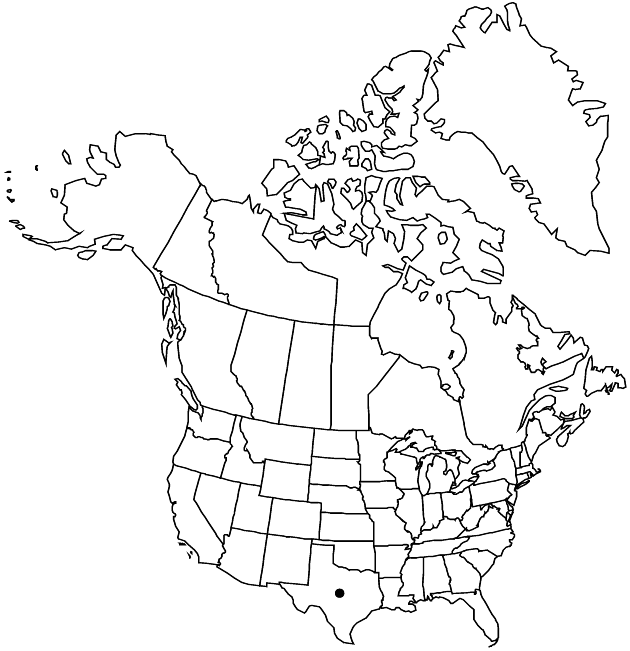Difference between revisions of "Brickellia hinckleyi var. hinckleyi"
Treatment appears in FNA Volume 21. Treatment on page 501.
FNA>Volume Importer |
imported>Volume Importer |
||
| Line 43: | Line 43: | ||
|publication year= | |publication year= | ||
|special status= | |special status= | ||
| − | |source xml=https:// | + | |source xml=https://bibilujan@bitbucket.org/aafc-mbb/fna-data-curation.git/src/bb6b7e3a7de7d3b7888a1ad48c7fd8f5c722d8d6/coarse_grained_fna_xml/V19-20-21/V21_1267.xml |
|tribe=Asteraceae tribe Eupatorieae | |tribe=Asteraceae tribe Eupatorieae | ||
|genus=Brickellia | |genus=Brickellia | ||
Revision as of 21:56, 27 May 2020
Plants 20–90 cm. Stems coarsely scabrous. Leaves: petioles 1–5 mm; blades relatively thin, (20–)25–45 × 7–20 mm, margins entire or serrate, faces sparsely pubescent, stipitate-glandular.
Phenology: Flowering Jul–Oct.
Habitat: Mixed woodlands, forests, igneous slopes, canyons
Elevation: 1700–2300 m
Discussion
Of conservation concern.
Variety hinckleyi occurs in the Chisos Mountains.
Selected References
None.
Lower Taxa
None.
